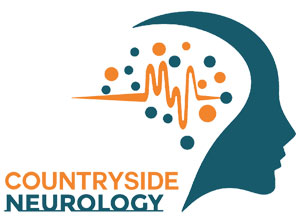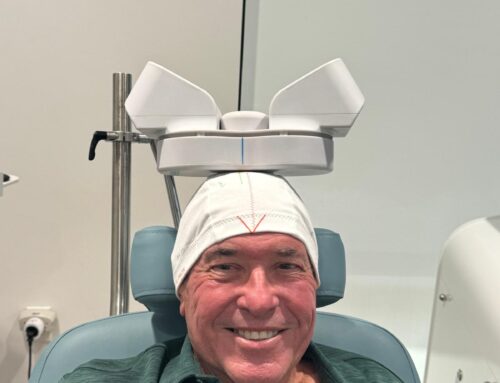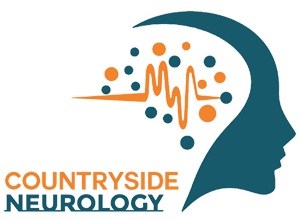Severe headache pain, sensitivity to light, and nausea are just a few of the many symptoms associated with migraine, a common neurological condition.
Migraine affects more than 39 million U.S. people. Headache or migraine pain is also the fifth most common cause of emergency department visits in the United States.
If you live with migraine, you may often reach for pain medication when you feel an episode coming on to help prevent or relieve migraine symptoms. Other preventive therapies have also been developed to help manage symptoms.
Transcranial magnetic stimulation (TMS) is a type of noninvasive therapy to help prevent or reduce severe migraine symptoms. It’s also called repetitive transcranial magnetic stimulation (rTMS), as multiple sessions are needed.
A review of research in 2017 suggests that TMS is an effective and safe treatment for migraine, particularly chronic migraine. It may be an alternative to prescription medication and other therapies, especially when other therapies have not helped reduce the number or severity of migraine episodes.
How does transcranial magnetic stimulation migraine treatment work?
In TMS, electromagnetic pulses or waves stimulate the brain’s nerve cells. It targets the outer part of the brain called the cortex. Magnetic fields create a small electrical current that activates certain nerves, thereby making a person less likely to have a migraine episode with TMS.
People with migraine can receive TMS therapy in clinics, doctors’ offices, or in an outpatient setting. The FDA has approved one TMS device for in-home use for migraine prevention. This is known as sTMS (or single-pulse TMS).
A doctor will need to prescribe this treatment if it’s suitable for you.
The process for getting TMS varies depending on the provider. There’s no universal protocol for in-office treatment at this time.
- You will likely begin with an intake appointment, where you may be asked to complete surveys, have measurements taken, and go over your medical history in detail.
- This is often followed by an EEG (electroencephalogram), a scan that looks for what areas on the outer surface of the brain have the most electrical (nerve) activity. This mapping will be used to apply the TMS therapy where it’s needed most.
- Next, the medical professional or technician will “map” your brain. This will be kept in your medical file for your future treatments. They will also customize the treatment strength or setting based on your tests.
- Once the initial assessments are completed, you can begin TMS treatment sessions. Each session can last for around 20 minutes and you may need several sessions.
There’s typically no pain associated with TMS other than a mild tapping sensation and you’ll be wearing earplugs during treatment due to the noise of the machine.
TMS is a noninvasive procedure, so you’ll be awake during the therapy and you can safely drive home afterward. You also won’t need anesthesia or numbing of any kind.
Is TMS effective for treating migraine?
Chronic migraine is when a person has 15 or more days of symptoms per month. This can be debilitating and decrease quality of life for people with migraine.
A study in 2021 suggests that TMS may reduce the number of migraine episodes, the severity of pain associated with migraine, and the duration of episodes.
A study in 2022 states that TMS therapy may reduce pain severity, as well as the number of episodes by up to 8 days a month.
TMS was found to work for migraine episodes that occurred with and without aura. The same studies found that TMS was effective for people of all ages who have migraine.
If you are interested in TMS therapy for migraine, please give our office a call and take another step closer to a migraine-free life!
Sources:
Iftikhar, Noreen. “TMS for Migraine: Benefits, Effectiveness, Precautions, and More.” Healthline, https://www.healthline.com/health/migraine/tms-migraine#summary.




